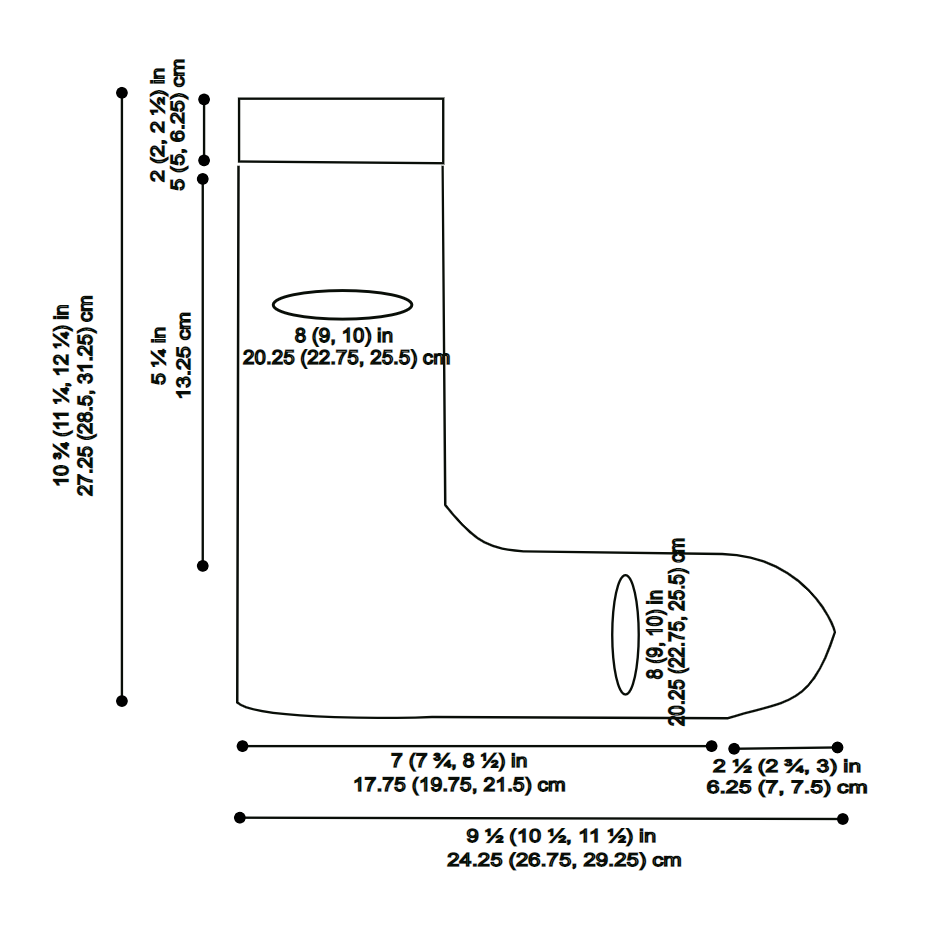Your cart is currently empty!

Valuing Knitting Pattern Schematics
Schematics can really set a designer’s knitting pattern apart from the rest in a good way. Though less common, letting knitters view the schematic even before purchase has huge benefits. In this article, I go deeper into the value of creating and sharing the schematic of a knitting pattern.

Hello everyone!
Numerous components create a knitting pattern besides the written instructions.
The materials list, gauge, pattern description, and abbreviation list are just a few components that combine to create the masterpiece of a knitting pattern.
Though not always included in a pattern, a schematic is a component of a knitting pattern that I believe deserves a spotlight.
As a tool that provides helpful information for knitting an item that fits as intended, I think the value of schematics deserves more discussion.
What is a Schematic in a Knitting Pattern?
The goal of a schematic is to illustrate the dimensions and appearance of the item intended to be created by a pattern.
In other words, the schematic is the blueprint for a knitting pattern.
Schematics can be created simply or as a piece of art even demonstrating details of the stitch pattern.
Whether minimal or elaborate, the schematic is to serve those following a pattern by helping them pick the best size to knit and should be easy to read and understand while representing a knitted design accurately.
In a knitting pattern, the schematic should meet the following guidelines:
- Contain all the correct measurements necessary for fitting including the location of where those measurements are to be taken. Often, schematics contain the measurements in both metric and customary measurements.
- Visually represent the item that following the pattern will create. If a schematic is for a sweater with raglan shaping, the schematic shouldn’t illustrate set in sleeves. If there are decreases worked when knitting a sleeve, the sleeve on the schematic should taper to illustrate the shaping. The drawing should look proportional and similar in structure to what the finished knit will appear as.
Why Schematics Should be Included in a Knitting Pattern
If there’s a list of finished measurements within a pattern, a designer may be debating whether including a schematic is necessary for the pattern.
No, it’s not necessary. A knitting pattern can still communicate all the necessary measurements for the knitter within a finished measurements list.
Though a schematic is not necessary, a written list doesn’t give knitters the visual representation of a pattern and its measurements.
Should Schematics be Visible Before Pattern Purchasing?
Most often, to view a pattern’s schematic, a knitter has to purchase the pattern first.
This is often because designers, or someone that they paid, put a lot of effort into drawing and correctly labeling the schematic. After all, the schematic is part of the pattern.
There is an emerging number of designers, including myself, that are beginning to make their schematics available for viewing before purchase.
Even though they are making a part of their pattern basically free, they are encouraging more people to purchase their pattern in a special way. Let me explain.
Likely, knitters are considering purchasing a pattern for an important reason. They want the results of knitting a pattern to fit!
The schematic contains key measurements and information that will let a knitter know if the pattern even contains a size they will fit.
By making the schematic available to knitters beforehand, knitters can know that the pattern includes the size they need to knit.
No one can completely knit up a pattern from a schematic, and the respect and confidence a designer has the opportunity to give to knitters, especially those who often don’t match the commonly-designed-for sizes, is priceless.
The decision on whether a schematic will be available prior to purchase is completely up to the designer. This is their pattern after all! I want to provide information that shares the benefits of this less traveled road in the production of knitting patterns so far.
Conclusion
I think schematics can add such value to knitting patterns! What do you think?
Have a blessed day, friends! I will be back with more to share soon.
Leave a Reply